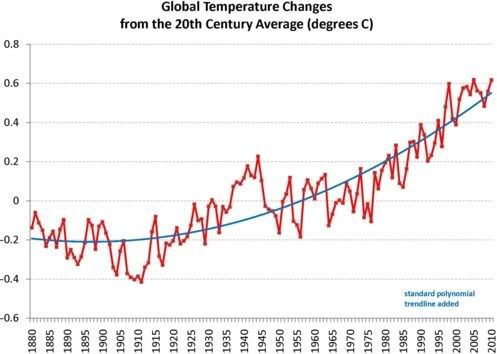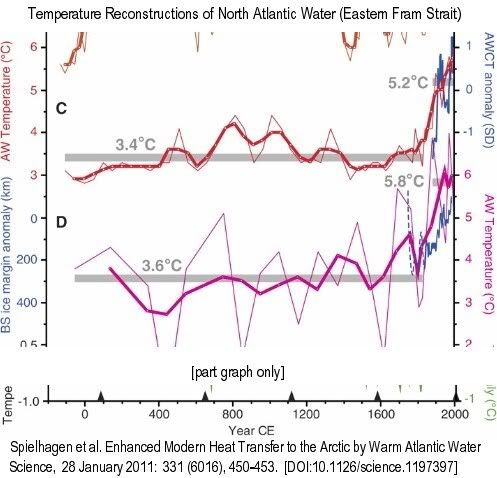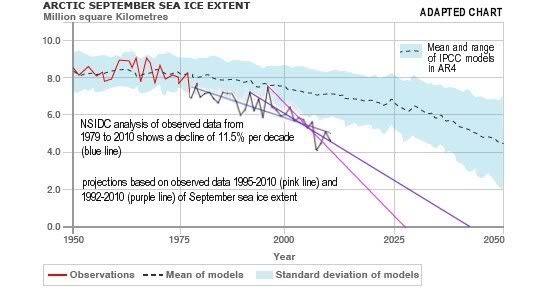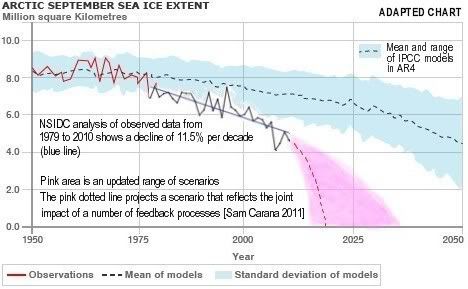and carbon-negative fuels and chemical production.
By Aaron Franklin
A purpose-built craft like this Ground effect plane / hovercraft triphibian concept could be ideal.
The laterally-rigid sideskirts with vertically-flexible surface-contouring ski bottoms would allow transitions between air, water, ice, snow, earth surfaces of all types and the waterscoop tail could directly hose the water onto the ice with foil effect to counter lateral reaction thrust. Snow making, firefighting, and ecology seeding also in its functionality.
At pumping of 10tons per second, 50m x 100m/s = 5000sqm, 10000kg/5000sqm = 2 kg per sqm per pass. About 2mm per pass.
If we assume conditions that will allow 2 mm to freeze in 30 seconds. then 4mm per minute = 240mm per hour = 5760mm (near 6m thick) per day could be made of 50m wide by 100m/s x 30s = 3km long of icedyke by a mobile spray vehicle at 100m/s.
3000m x 6m x 50m = 900 000 tons per day of ice making.
A fleet of 50 working for 100 days therefore could make 5000 x 900 000 = 45 000 000 000 tons or near 5 cubic kilometers of ice.
3000m x 6m x 50m = 900 000 tons per day of ice making.
A fleet of 50 working for 100 days therefore could make 5000 x 900 000 = 45 000 000 000 tons or near 5 cubic kilometers of ice.
If we are looking at an average needed to ground them of say 30m thick, then 50m wide is cross section area of 1500 sqm.
5 000 000 000 cubic m / 1500 sqm = 3.33333 million meters or 3333 km.
A ball park figure of 1000kw vehicle power would seem adequate to do this.
Very likely a rope mesh reinforcement would need to be floated on the water and anchored in place to hold together the dyke that has been formed. Doing this work in polynyas seems the best way, then towing into position of sections to be anchored and further thickened.
If 100 such vehicles were used you've got near seven thousand km of icedyke which could be enough for such a layout as this:
For methane plume hotspots to the surface, hexagonal tiles would need to be formed and towed into place, if they are too rich for ice to form inside the rings in situ.
Stationary pumping systems might have to high costs per area in most places with limits to small volumes per pump due to area feasible to distribute the water to and ice layup rates. Though in saying this, high cost is often seen as a benefit for commercial interests. They can make more money doing it the hard way.
The purposes of kelp farming in the less methane emissive areas is as follows:
5 000 000 000 cubic m / 1500 sqm = 3.33333 million meters or 3333 km.
A ball park figure of 1000kw vehicle power would seem adequate to do this.
Very likely a rope mesh reinforcement would need to be floated on the water and anchored in place to hold together the dyke that has been formed. Doing this work in polynyas seems the best way, then towing into position of sections to be anchored and further thickened.
If 100 such vehicles were used you've got near seven thousand km of icedyke which could be enough for such a layout as this:
 |
| Kelp farming, by Aaron Franklin, on background image by Shakhova et al., 2010. |
For methane plume hotspots to the surface, hexagonal tiles would need to be formed and towed into place, if they are too rich for ice to form inside the rings in situ.
Stationary pumping systems might have to high costs per area in most places with limits to small volumes per pump due to area feasible to distribute the water to and ice layup rates. Though in saying this, high cost is often seen as a benefit for commercial interests. They can make more money doing it the hard way.
The purposes of kelp farming in the less methane emissive areas is as follows:
- Biomass for biofuels and biochemicals of around 500 ton per hectare per year can be harvested.
- The growing kelp oxygenates the water to support consumption of methane and river in-flux of organic carbon.
- The artificial kelp forests provide habitat and food for a diverse and rich ecology with fisheries and abalone/ mussel/ crabs / lobster etc farming potential
- Unlike micro algae, the kelp biomass is easily harvested, so it would not rot and cause oxygen depletion of the water at the end of summer.
- Sedimentation rates and water clarity are vastly improved by the kelp forests, thereby improving albedo and enhancing natural carbon burial in sediments.
- Simple and low cost infrastructure only is neccessary to process the kelp locally into liquids for low transport costs to refineries for further upgrading.
- It would be easy to use the CO2 from an initial biomass pyrolysis to convert methane collected nearby to methanol for easy low cost transportation.





 Arctic sea ice cover in December 2010 was the lowest on record for the month,
Arctic sea ice cover in December 2010 was the lowest on record for the month, 



 Thin lines are raw data, bold lines are three-point running means…. (C) Summer temperatures at 50-m water depth (red)…. Gray bars mark averages until 1835 CE and 1890 to 2007 CE. Blue line is the normalized Atlantic Water core temperature (AWCT) record … from the Arctic Ocean (1895 to 2002; 6-year averages)…. (D) Summer temperatures (purple) [calculated with a different method]
Thin lines are raw data, bold lines are three-point running means…. (C) Summer temperatures at 50-m water depth (red)…. Gray bars mark averages until 1835 CE and 1890 to 2007 CE. Blue line is the normalized Atlantic Water core temperature (AWCT) record … from the Arctic Ocean (1895 to 2002; 6-year averages)…. (D) Summer temperatures (purple) [calculated with a different method]
